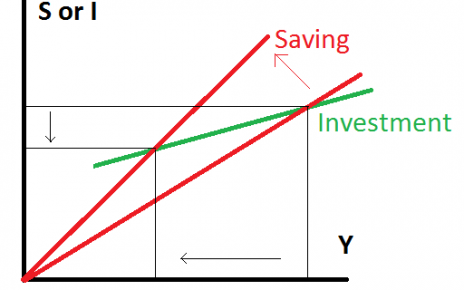Employee performance wages and incentives
Employee performance, performance evaluations, reward system, basic pay and increasing pay, incentive pay, employee benefits, non-cash incentives, compensations.
Employee performance
An employee’s action and activities that comply with the job descriptions is called his /her performance. An employee performs the duties assigned to him/her through his ability, which consists of attitude, skill and knowledge.
Performance evaluations
Performance evaluations are the systematic assessment of how an employee is performing. The performance of the individual can be checked against standard. The main aim of performance evaluations is to give feed back to the employee whether his/her performance is up to the standard or not.
For making employee competent there need support from the organizations by doing performance evaluations of the employee and giving feedback and organizing programs to develop them. Therefore, employee development is the collaborative functions of management and employees.
Most commonly used performance evaluations method is checklist or rating skills. Supervisors see whether the employees’ performance against the duties of job description is above the acceptable standard, standard or below standard. Traditionally performance evaluation tools were peer comparison, forced distribution, rating scales, behaviorally anchored rating scales, etc. and all these tools were used to be administered by supervisors and seniors. Now the trend has been developed to see the performance by other concerned like colleagues, juniors, clients, etc so this system is called 360 degree feedback. For being good, an employee must be judged well from different aspects.
Reward system
Reward is something paid to employee in the exchange of his job. An employee gives better performances with expectations that the he/she will receive something, financial or nonfinancial.
Basic pay and increasing pay
An employee’s initial rate of compensation, excluding extra lump sum compensation or increases in the rate of pay. An employee’s base pay can be expressed as a base hourly rate of pay or as an annual salary. Every year or after fixed interval period his/her basic pay get increase with certain amount, commonly known as increasing pay.
Incentive pay
To motivate the employees besides basic pay various other schemes are developed to address the need of employee doing excessive works with quality, commitments etc. These schemes are called incentive schemes.
- For production employees, an element of piecework pay is the equivalent.
- For non-sales employees it can be bonuses.
- Continuous improvement can be encouraged by instituting a system of performance-related pay
- Offer senior executives or key employees the chance to participate in an approved share option scheme, for example the Company Share Option Plan (or CSOP)
- Small companies can offer share options to employees through the enterprise management incentive scheme
- Consider setting up a Share save scheme(PF)
- A company car may be necessary to the job, and a top-of-the-range model is certainly an incentive to some employees.
- An all-expenses-paid foreign trip can be an effective incentive
- Incentive award vouchers are becoming increasingly popular.
Employee benefits
The purpose of employee benefits is to increase the economic security of staff members, and in doing so, improve worker retention across the organization. Examples of these benefits include: housing (employer-provided or employer-paid), group insurance (health, dental, life etc.), disability income protection, retirement benefits, daycare, tuition reimbursement, sick leave, vacation (paid and non-paid), social security, profit sharing, funding of education, and other specialized benefits.
Non-cash incentives
Some incentive are of non-cash nature, such as merchandise, travel, gift certificates, gift cards, a simple “thank you”. These are better investments and more affordable solutions for companies looking to “do more with less.”
Additionally, nonmonetary compensation can maximize effectiveness in aligning the goals of the organization with the emotional priorities of its people. “Companies need to take care of skilled workers by aligning reward strategies with what people really want: rewarding work, meaningful relationships, acknowledgement, freedom and flexibility,” Ryan said.
For example, noncash enticements can be used to close performance gaps across a wide variety of enterprise-level metrics, and they can be used to encourage improved outcomes at the local level.
“As an uncertain economic forecast continues to place cost demands on companies, it’s time to re-examine the old paradigm that cash is the most reliable motivator,” Ryan noted. “Companies looking to maximize the impact of their compensation costs would be wise to blend noncash elements into the mix.”
Compensations
Something, typically money, awarded to someone in recognition of loss, suffering, or injury: he/she is seeking compensation for injuries suffered at work
Workers’ compensation laws protect people who are injured on the job. They are designed to ensure that employees who are injured or disabled on the job are provided with fixed monetary awards, eliminating the need for litigation. These laws also provide benefits for dependents of those workers who are killed because of work-related accidents or illnesses. Some laws also protect employers and fellow workers by limiting the amount an injured employee can recover from an employer and by eliminating the liability of co-workers in most accidents. State statutes establish this framework for most employment. Federal statutes are limited to federal employees or those workers employed in some significant aspect of interstate commerce.




